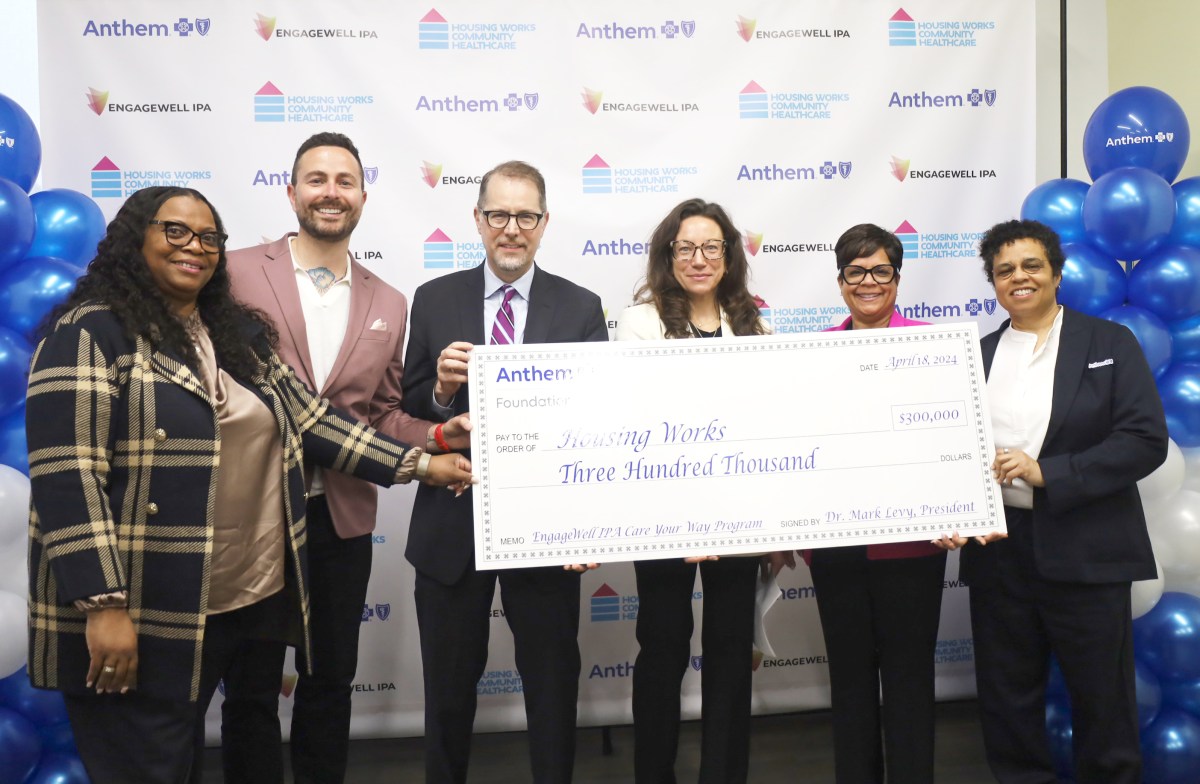The spooky ghost scenes from “A Christmas Carol” are perfect metaphors for the past, present and future worries that haunt our retirement savings dreams. For some, Roth IRAs — which tend to see an annual spike in online search interest beginning during the holiday season — can help keep that “Ghost of Retirement Future” at bay. If you’re like many other Americans, you didn’t save enough for retirement this year — and next year isn’t looking so great, either. A recent NerdWallet survey, conducted online by Harris Poll, found nearly one in three are not currently saving for retirement at all. Of those who have a workplace retirement plan, only 32% intend to increase their contribution in 2017. For those with qualifying income levels, a Roth IRA can be a good source for tax-free income after retirement. Unlike a traditional IRA or 401(k), where contributions reduce your taxable income, Roth IRA contributions are made post-tax, so withdrawals in retirement are tax-free. It’s “a pay now, don’t pay later” scenario that your future self will appreciate, especially if your tax bracket rises as your career progresses and if that bracket continues to be higher in retirement. This Roth IRA calculator can show just how much tax you may save. Seasonal spike for Roth IRA activity
A NerdWallet analysis shows search volume for “Roth IRA” begins to peak during the holiday season in December. And January through the tax-filing deadline in April is the most popular time for Americans to contribute to a Roth IRA, according to a 2014 analysis by investment manager T. Rowe Price. The IRS allows Roth IRA contributions for the 2016 tax year until the tax filing deadline (April 18, 2017). Annual contributions to a Roth IRA are capped at $5,500 a year ($6,500 if you are 50 or older). There are no limits when converting an existing 401(k) or traditional IRA into a Roth IRA, but you will have to pay federal and any state taxes on the amount for the tax year the conversion is made. It’s important to remember that the IRS restricts income limits for a Roth IRA. For the 2016 tax year, the amount you can contribute begins to be reduced at $117,000 in income for single taxpayers and at $184,000 for married couples who file jointly. More flexibility for early withdrawal
To be sure, early withdrawal of retirement savings threatens to raise the Ghost of Retirement Future, as it erodes the impact of compound interest. And retirement accounts like a 401(k) and traditional IRA have a 10% penalty for nonqualified withdrawals before the age of 59½. But because taxes are already paid on Roth contributions, there is no penalty for early withdrawal of those contributions. (Investment earnings are another matter — see our article on Roth IRA withdrawal rules.) If you haven’t owned a home at any time during the previous two years, IRS rules allow you to withdraw up to $10,000 from a Roth or traditional IRA for a home purchase. But you’ll have to pay taxes on that withdrawal from a traditional IRA; not so from a Roth IRA account. Also, in a Roth IRA, there are no required minimum distributions at any age, whereas a traditional IRA or a 401(k) requires cash to be pulled each year starting at age 70½. That means you can maintain tax-free investment growth and keep money in the account as long as you’d like, or pass the account on to heirs — and help thwart the Ghost of Retirement Future for your loved ones. Kevin Voigt is a staff writer at NerdWallet, a personal finance website. Email: kevin@nerdwallet.com. Twitter: @kevinvoigt. The article Roth IRAs Can Help Ward Off the ‘Ghost of Retirement Future’ originally appeared on NerdWallet.
















